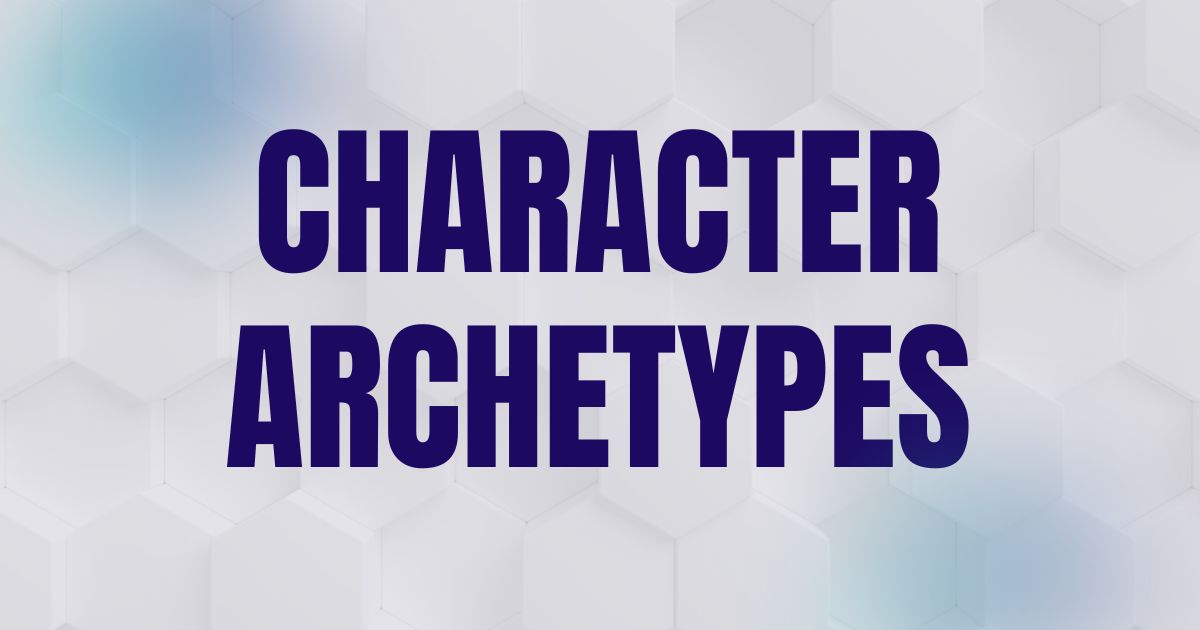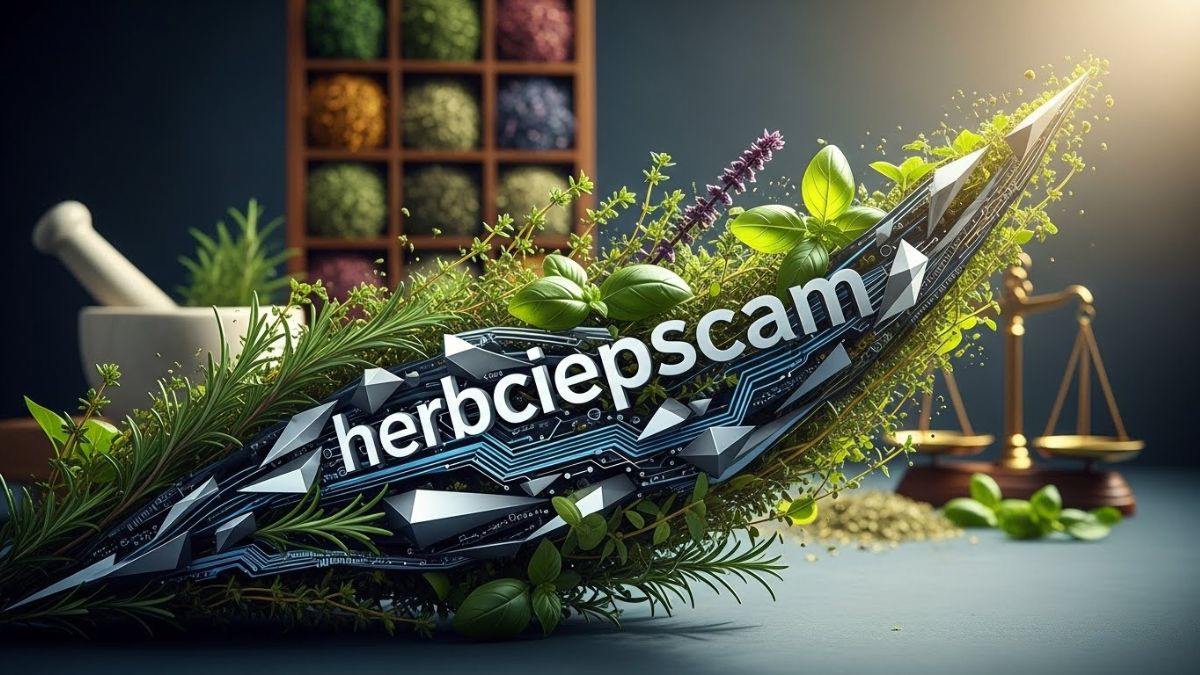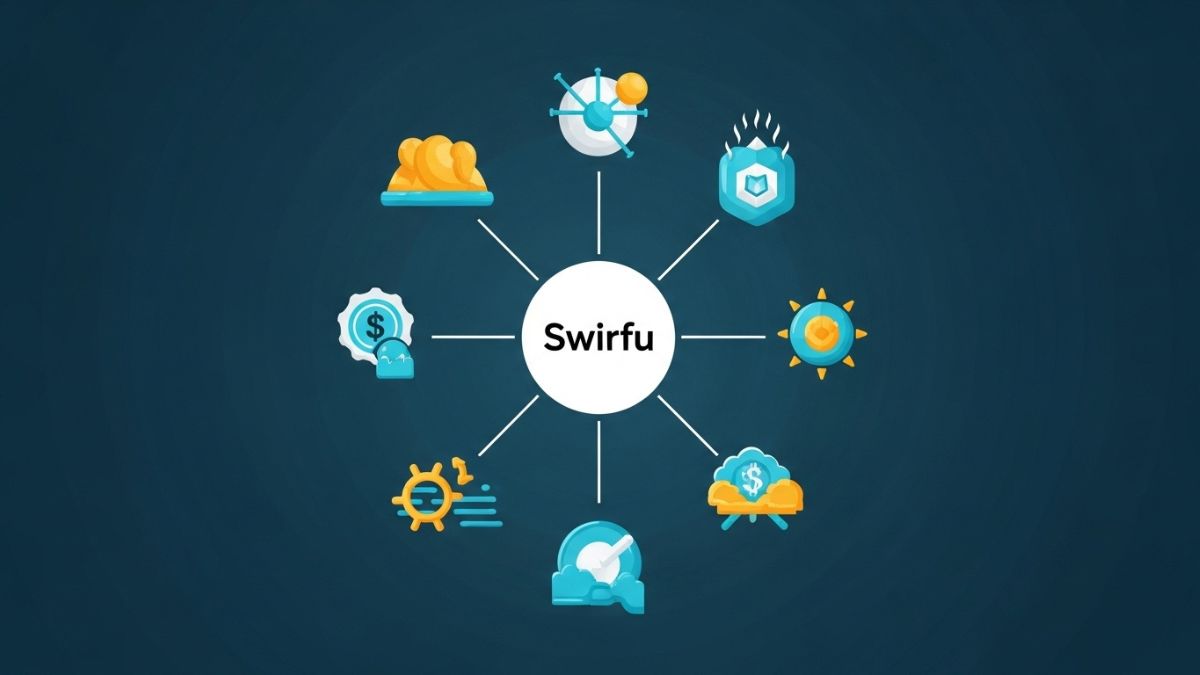Character archetypes are universal patterns of behavior that form the foundation of storytelling across cultures and time. From ancient myths to modern cinema, these archetypes serve as familiar roles that help audiences connect with characters quickly. They bring structure and relatability to narratives, making stories more impactful and engaging.
The Hero
The Hero is the protagonist who embarks on a journey, faces challenges, and ultimately grows through their trials. Think of Frodo in The Lord of the Rings or Katniss in The Hunger Games. They represent courage, transformation, and the pursuit of justice.
The Mentor
Every Hero needs guidance, and that’s where the Mentor steps in. This character provides wisdom, tools, and support. Examples include Gandalf from The Hobbit and Mr. Miyagi in The Karate Kid. The Mentor helps the Hero unlock their potential and navigate their path.
The Shadow
The Shadow is the antagonist or the dark side of the protagonist. This archetype creates conflict and forces the Hero to confront internal or external fears. Darth Vader from Star Wars or Sauron in The Lord of the Rings are classic examples. They are complex, powerful, and symbolic of the Hero’s greatest struggle.
The Herald
The Herald announces the beginning of the journey. This character acts as the catalyst, delivering the call to adventure. It might be a person, event, or message. R2-D2 delivering Leia’s message to Luke Skywalker is a perfect example of a Herald.
The Threshold Guardian
These characters serve as gatekeepers. They challenge the Hero at critical points to prove their worth. While not always villains, Threshold Guardians are obstacles meant to test resolve. Think of the bridge keeper in Monty Python and the Holy Grail or security systems in heist movies.
The Trickster
Tricksters bring humor, chaos, and unpredictability. They challenge the status quo and often deliver hidden wisdom. Characters like Loki from Norse mythology or Jack Sparrow from Pirates of the Caribbean fall into this archetype. Tricksters shake things up and add depth to the narrative.
The Shapeshifter
This archetype represents change, uncertainty, and ambiguity. They might be allies or enemies—or both. Shapeshifters keep the audience guessing. Mystique from X-Men and Catwoman in Batman are prime examples. Their true motives are unclear, which adds tension and intrigue.
The Ally
The Ally supports the Hero through thick and thin. This character offers friendship, backup, and often comic relief. Samwise Gamgee in The Lord of the Rings or Ron and Hermione in Harry Potter fit this archetype perfectly. They humanize the Hero’s journey and share the emotional weight.
The Temptress
A seductive character who may distract or derail the Hero. The Temptress often symbolizes lust, danger, or betrayal. She may be a love interest or an alluring distraction. Think of the sirens in Greek mythology or Poison Ivy in the Batman universe.
The Outcast
The Outcast is a character who lives on the edge of society, often due to rejection or exile. While misunderstood, they usually possess deep wisdom. Frankenstein’s monster or Hester Prynne in The Scarlet Letter are iconic Outcasts. Their stories question societal norms and values.
The Ruler
The Ruler seeks control and order. They value structure and stability and often face dilemmas of power. Whether benevolent or tyrannical, their reign reflects the story’s political or moral structure. Examples include Mufasa in The Lion King and President Snow in The Hunger Games.
The Innocent
The Innocent represents purity, optimism, and naivety. This character believes in the goodness of people and the world. Often a source of hope or a moral compass, the Innocent may evolve or suffer a loss of innocence. Cinderella and Forrest Gump are perfect illustrations.
The Explorer
The Explorer craves new experiences and challenges boundaries. They symbolize freedom, curiosity, and a quest for identity. Indiana Jones or Moana embody this archetype. Explorers keep the narrative dynamic and open new paths for the Hero.
The Creator
The Creator values imagination and originality. Often an inventor, artist, or visionary, this character brings ideas to life. Tony Stark (Iron Man) or Dr. Emmett Brown from Back to the Future are examples. The Creator drives innovation and often faces the dilemma of responsibility.
The Caregiver
This nurturing character puts others’ needs before their own. They protect, support, and heal. The Caregiver often serves as the emotional foundation for other characters. Molly Weasley in Harry Potter or Marlin in Finding Nemo are excellent examples.
Why Archetypes Matter in Storytelling
Character archetypes allow writers to build emotional resonance and narrative rhythm. Readers or viewers subconsciously recognize these patterns, which deepens engagement. When used effectively, archetypes create timeless stories that resonate across cultures and generations.
Modern Use of Archetypes in Pop Culture
Today’s writers often blend or subvert archetypes to create complex characters. The anti-hero, for example, is a twist on the Hero, with moral flaws or questionable motives. Think of Walter White in Breaking Bad. Blended archetypes reflect modern complexity and create unpredictable storytelling.
Archetypes in Marketing and Branding
Beyond fiction, archetypes are used in branding to create emotional connections. The Hero brand (like Nike), the Caregiver (like Johnson & Johnson), or the Explorer (like Jeep) align with customer identity and values. Understanding archetypes helps brands communicate more powerfully.
Using Archetypes in Your Own Writing
To use archetypes effectively, start by identifying your main character’s role. Ask what purpose they serve in the story. Are they there to lead, challenge, support, or deceive? Once clear, build personality traits, goals, and conflicts around that core. Archetypes aren’t limiting—they’re starting points.
Conclusion
Character archetypes are the heartbeat of storytelling. They provide structure, relatability, and emotional depth. Whether you’re writing a novel, developing a brand, or simply exploring what makes stories resonate, understanding archetypes will elevate your craft. They’re not clichés—they’re keys to connection.
FAQs
Are character archetypes outdated in modern storytelling?
Not at all. While archetypes are ancient, they’re still incredibly effective. Modern writers often blend or reinvent them for fresh narratives.
Can one character embody more than one archetype?
Yes! Many well-developed characters shift roles or combine traits. A Hero might also be a Shapeshifter or Trickster, depending on the story arc.
What’s the difference between an archetype and a stereotype?
Archetypes are universal symbols of human experience; stereotypes are oversimplified and often negative representations.
How do I avoid making my archetypal characters feel predictable?
Add unique motivations, backgrounds, and emotional complexity. Use archetypes as a base, then build on them with originality.
Do archetypes exist outside of fiction?
Absolutely. Archetypes influence everything from branding and marketing to psychology and real-life relationships.











